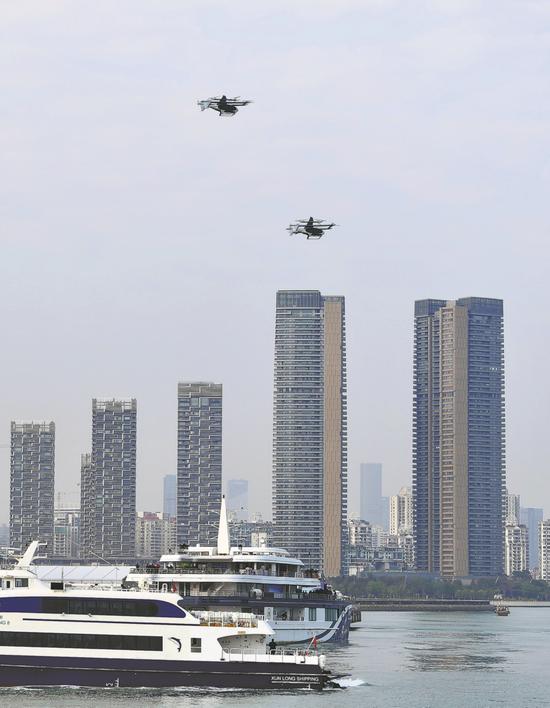
The inaugural demonstration of an eVTOL cross-city and cross-bay route takes place in Shenzhen, Guangdong province, in February. WEN ZI/FOR CHINA DAILY
Global market consultancy Roland Berger estimates there will be up to 3,000 air taxis in operation by 2025 worldwide, and this figure will increase exponentially to 100,000 by 2050. However, several technological, infrastructural and legal hurdles remain.
Yu Zhanfu, a partner at Roland Berger, said eVTOL aircraft need to go through full verification regarding safety and technological stability in sparsely populated areas or scenarios such as natural landscape tourist destinations in the early stages before they can truly enter the urban air mobility segment.
Compared with traditional helicopters, eVTOL aircraft are smaller, lighter and require less space for takeoffs and landings. They also have lower operating costs, which will give a big boost to their popularity, Yu said. However, they still face technical challenges and uncertainties in various weather and geological conditions.
The CAAC said the number of registered unmanned aerial vehicles or drones in China rose to 1.27 million by the end of 2023, an increase of 32 percent year-on-year.
There were 19,000 enterprises engaged in operating these UAVs or drones. The civilian drones flew a total of 23.11 million hours in the country last year, up 11.8 percent from a year earlier, according to the CAAC.
DJI, the world's largest commercial drone manufacturer by market share, has invested heavily in industry-level drones, which have been widely used in the fields of agriculture, energy, aerial transport and public security, and created great economic and social value.
"The emergence of industry-level drones has reshaped people's lives and production modes, as well as promoted the development of various industries," said Zhang Xiaonan, strategic director of DJI, highlighting that although such drones are still in the initial stage of development, their applications will be more extensive in the future as related technologies advance.
The Shenzhen-based company has been devoting a great deal of attention to farming sector drones in hopes of helping agricultural workers improve the efficiency of sowing seeds and spraying fertilizers and pesticides, as well as increasing the use ratio of intelligent agricultural equipment.
Zhang said DJI will continue to promote the large-scale application of drones in aerial photography, agriculture, inspection and mapping, as well as transportation, and continuously expand new application scenarios to bolster the growth of the low-altitude economy.
Han Jun, deputy head of the CAAC, said as a strategic emerging industry, the low-altitude economy has a long industrial chain, covering sectors such as aircraft R%26D and manufacturing, low-altitude flight infrastructure construction and operation, and flight services.
Han said that the CAAC is promoting the construction of a low-altitude flight service system and seeks to simplify application and approval procedures for low-altitude flight plans.
Yang Jincai, director of the Shenzhen Unmanned Aerial Vehicle Industry Association in Guangdong province, said apart from traditional application scenarios such as agriculture, forestry, crop surveys, security monitoring, geographic mapping, as well as emergency rescues and logistics, the application scope of the low-altitude economy will be more extensive and diverse in the future.
However, the sector is still in its initial stage of development in China due to security considerations, and there is a lack of effective supervision and emergency response mechanisms regarding low-altitude flight activities, which also presents some difficulties for urban low-altitude airspace management, Yang said.
He called for efforts to further improve the design and planning of low-altitude airspace to make full use of airspace resources and meet the needs of various aviation activities, strengthen supervision and management of flight activities, and maintain the order of airspace.
Yang Sumei, an associate professor at Guangzhou Maritime University, said more efforts are needed to accelerate the construction of low-altitude infrastructure alongside intelligent management and operating platforms, as well as establish applicable rules and standards to better regulate the fast-developing sector.











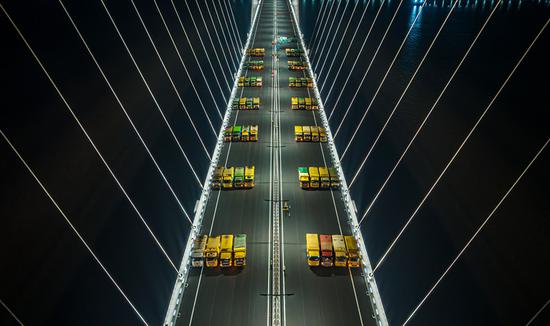
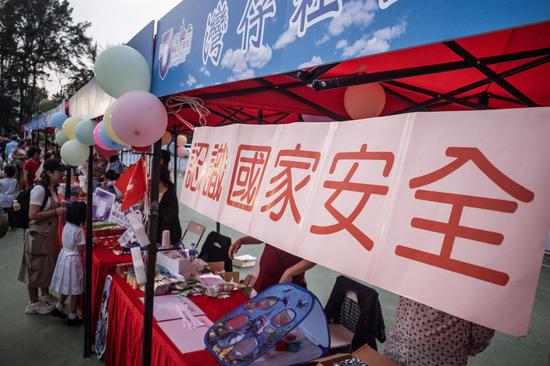





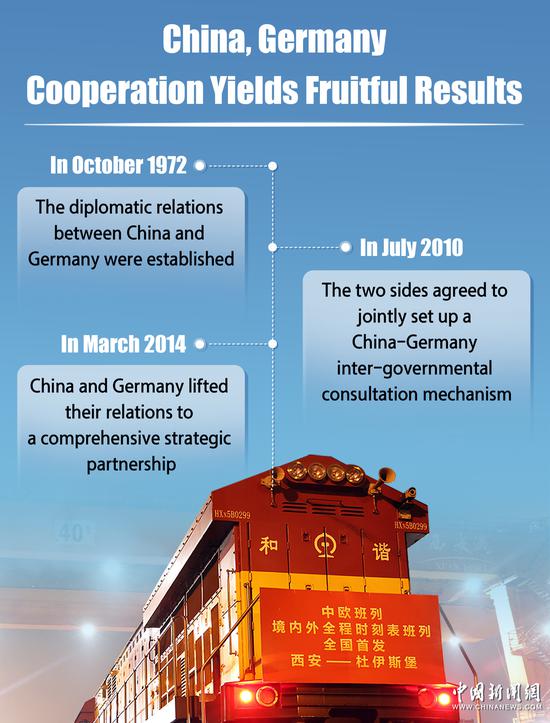


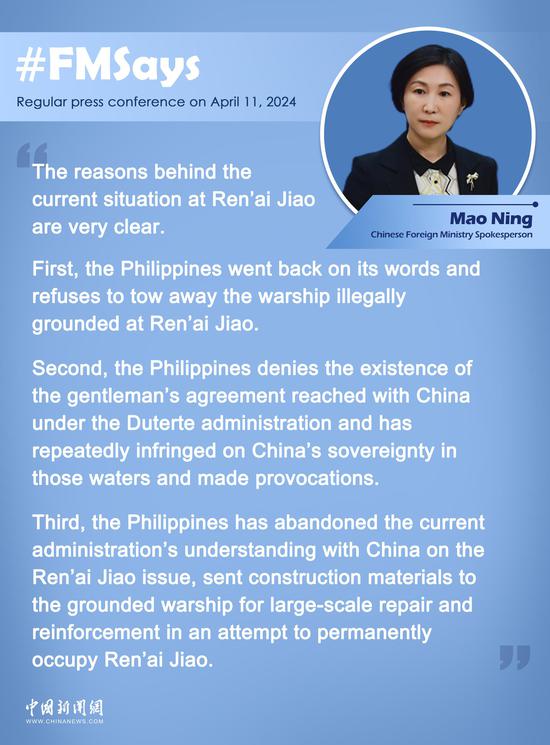




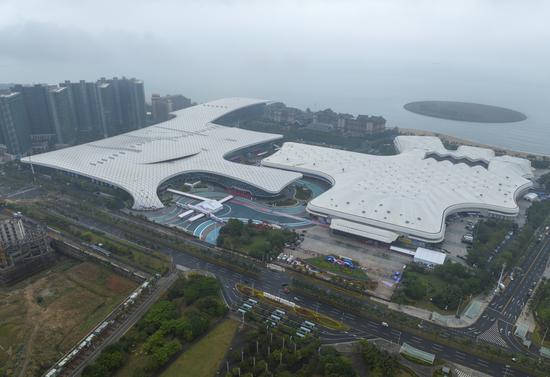





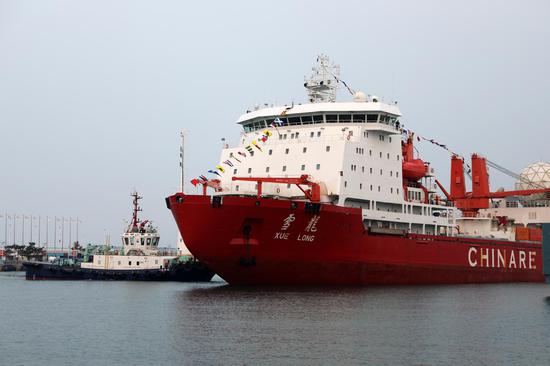



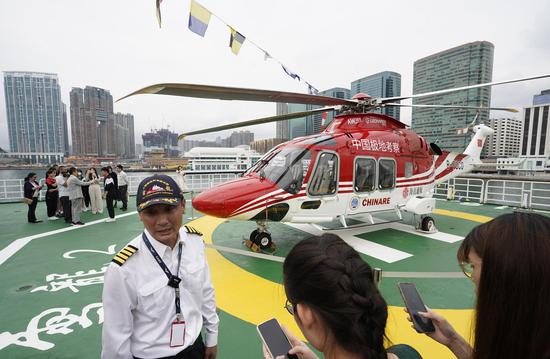

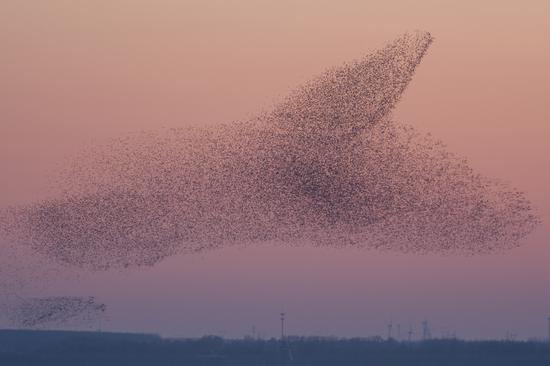




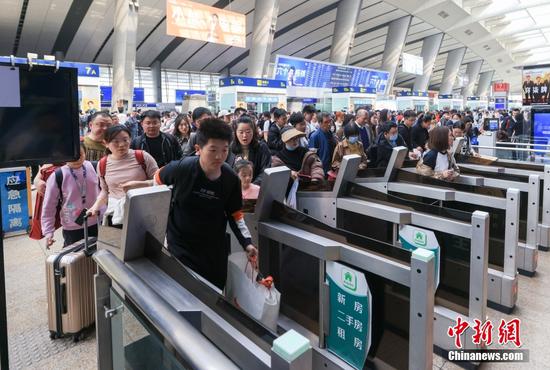
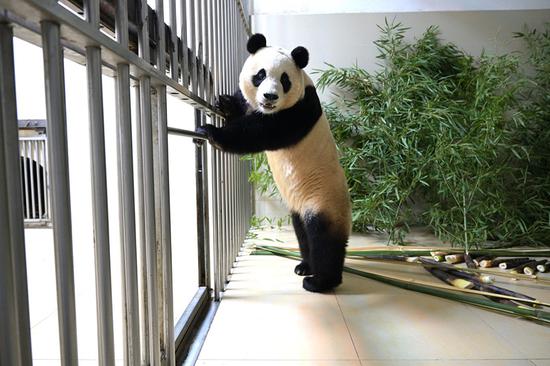

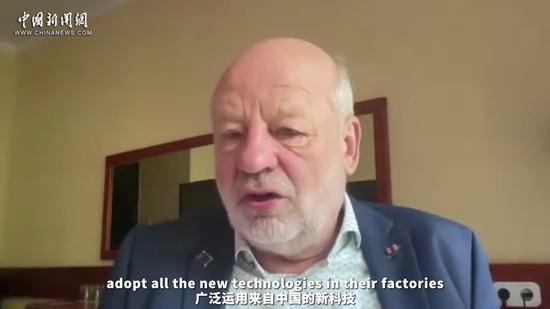



 京公网安备 11010202009201号
京公网安备 11010202009201号